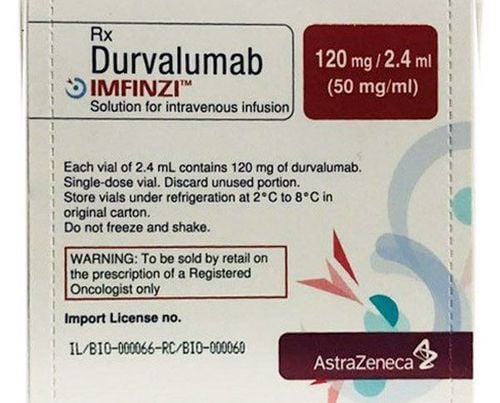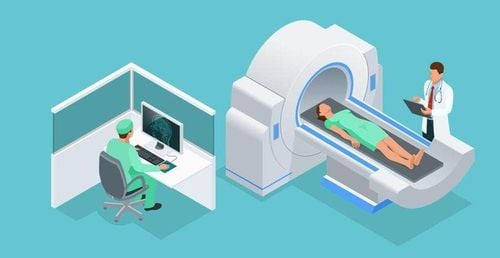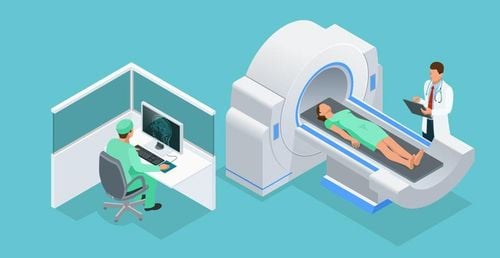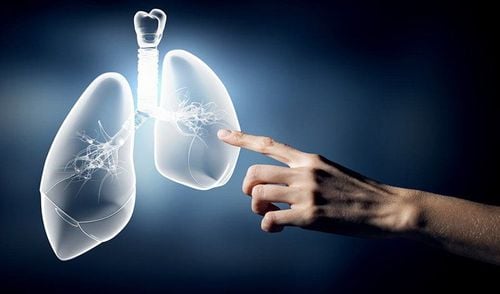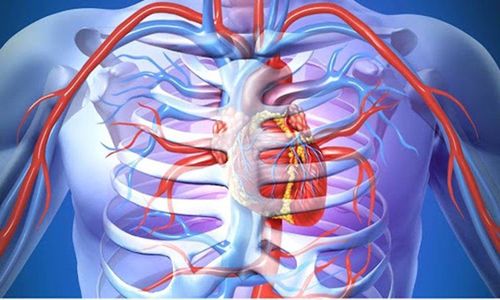This is an automatically translated article.
The article is professionally consulted by Master, Doctor Nguyen Le Thao Tram - Radiologist - Radiology Department - Vinmec Nha Trang International General Hospital.1. What is a computed tomography lung scan for?
Computed tomography of the lung is one of many imaging procedures used to diagnose and monitor treatment of various lung diseases. A CT lung scan involves the use of several X-ray images taken from different angles, which are then combined to create cross-sectional and 3D images of the internal structures of the lung.
The main purpose of this test is to detect abnormal structures inside the lungs or abnormalities that may be contributing to the patient's symptoms. In addition to diagnosing disease or damage to the lungs, CT scans can be used to guide certain treatment procedures to ensure accuracy. Many medical professionals use CT scans of the lungs to decide on the best treatment plan for a patient, which often includes prescribing a course of medication, surgery, or radiation therapy.
In addition, performing a computed tomography lung scan may be more helpful in diagnosing a lung tumor than a conventional chest x-ray. Because, with a CT scan of the lung, the doctor can determine the location, size and shape of the cancer growth. Plus, it can help identify the presence of lymph nodes or symptoms of cancer spreading from the lungs.
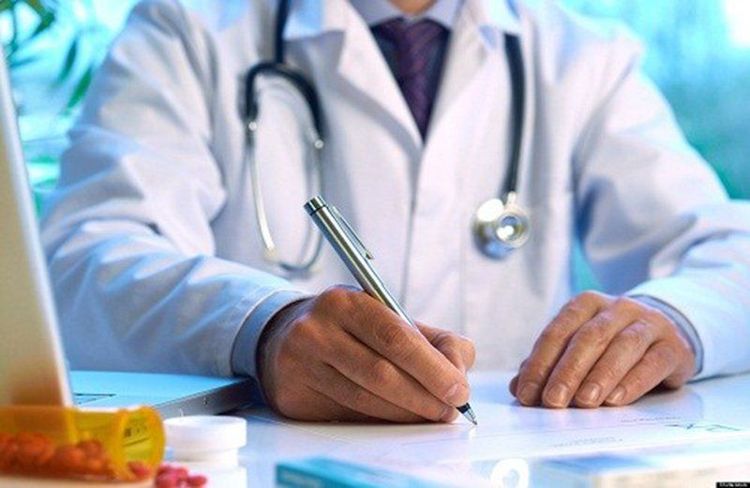
2. Indications / contraindications for which diseases?
2.1. Indications for lung CT scan
Lung CT scan is often ordered by doctors for cases such as:
Checking for abnormalities found on a regular chest X-ray Diagnosing the cause of the clinical signs or symptoms of the disease such as: difficulty breathing, chest pain, fever. Detect and evaluate new tumors or tumors that have spread from other parts of the body Assess whether the tumor is responding to the treatment regimen Proven basis for various lung disorders such as: Mass Benign and malignant tumors, pneumonia, pulmonary tuberculosis, bronchiectasis, cystic fibrosis, inflammatory or other diseases of the pleura, interstitial and chronic lung diseases, congenital abnormalities. 2.2. Contraindications to CT lung scan
Cases not specified by a doctor. People with bronchial asthma, drug allergy or allergy to antigens, kidney disease (using the test can increase the severity of the disease such as kidney failure), pregnant women.

3. What do patients need to prepare before lung computed tomography scan?
Before the CT scan the patient will be dressed in loose and comfortable clothing, usually a hospital gown. After that, remove all metal objects such as jewelry, dentures, hairpins, etc. Because they may affect the test results.
The patient will be asked not to eat or drink anything for several hours before the test.
If contrast media must be used, the patient may be screened beforehand. In case, the patient has an allergic reaction to the drug, it is necessary to notify the doctor to handle the situation. The doctor may prescribe additional medications (usually steroids) to reduce the risk of an allergic reaction.
4. Steps to perform a computed tomography lung scan
Lung CT scan is a non-invasive testing process that has accurate results. It takes place quickly and does not cause discomfort to the patient. The patient will be guided in detail by the doctor and technician to coordinate the testing process.
The patient is lying on the table of the machine, relaxed position, arms raised above the head or stretched along the body. At the same time, the patient will be secured with straps and pillows so that the correct position can be maintained during the examination. If the patient has small movements, it will make the image blurry, reducing the quality of the image as well as the test results.
The technician will instruct the patient to inhale and exhale several times. During the scan, the patient must hold their breath. The action of the day makes the image clearer. Because, even a small movement including breathing can have an impact on the image captured.
The technician will position the entire ribcage from the neck to the end of the diaphragm. Next, successive slices or spiral sections from the top of the lung to the angle of the diaphragm will be taken, with a layer thickness of 1-2mm.
Computed tomography of the lungs is an imaging method that brings high accuracy in diagnosing lung-related diseases, especially dangerous diseases such as pneumonia and lung cancer. Accordingly, to achieve the most accurate results, you should choose addresses with a quality CT scanning system.
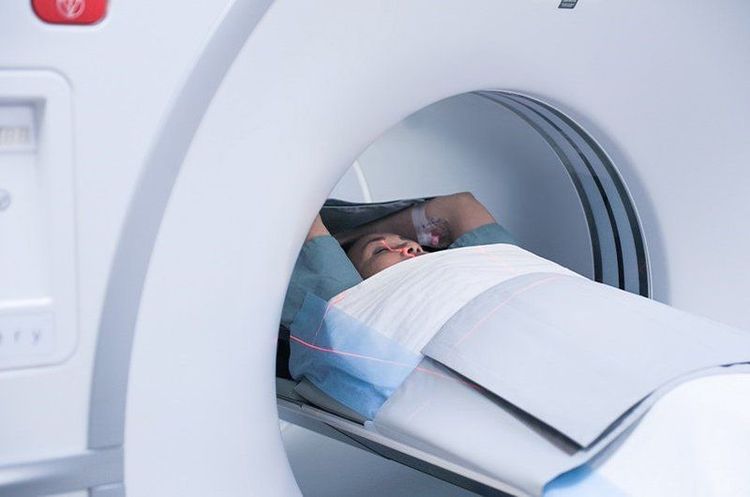
Vinmec International General Hospital is one of the hospitals with the function of examining, treating and screening many diseases, including lung diseases. Especially in order to bring high efficiency in disease examination and treatment, Vinmec now also designs many accompanying medical services, along with an intensive lung cancer screening package made by leading specialists. at home and abroad. In addition, when visiting Vinmec, customers can enjoy the following benefits:
Comprehensive patient care and treatment, multi-specialty coordination in the direction of individualizing each patient. There is a full range of specialized facilities to diagnose the disease and stage it before treatment: Endoscopy, CT scan, PET-CT scan, MRI, histopathological diagnosis, gene-cell testing, .. There are full range of mainstream cancer treatment methods: surgery, radiation therapy, chemotherapy, stem cell transplant...
Please dial HOTLINE for more information or register for an appointment HERE. Download MyVinmec app to make appointments faster and to manage your bookings easily.
References: Radiologyinfo.org, Hopkinsmedicine.org




